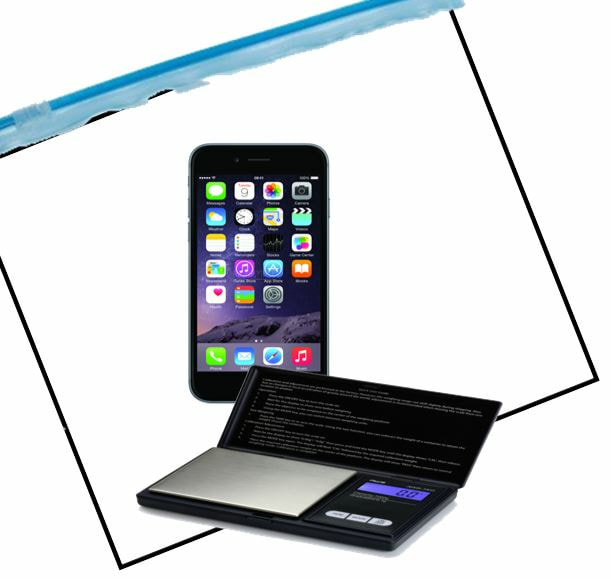After becoming EXPERTS on what the sound source must do to start a sound, along with how the vibrations change when the pitch and volume are changed, we've moved just past the sound source to the space in between the sound source and the sound receiver.
We know that something moves.
We know that something moves.
| So we designed an investigation to put Mrs. Brinza's phone in a ziploc bag and seal it up. If we pinged her phone and we heard it, that must means that the air right next to the phone wouldn't have to travel all the way to our ears, because the plastic bag wouldn't let the air travel all the way to our ears. Students weren't convinced. We wrapped up the phone in more bags, duct tape, with cloth around it, in a box, in the closet and we could still hear it. |
We even used a scale to see if it changed weight after pinging it, meaning the air moved out of the bag (if we thought there were holes in the bag), and lo and behold, it didn't change weight.
So this is making us wonder...do you even need air to hear a sound? We don't have a vaccuum in our classroom, but maybe we can pull this off with something else? If we don't need air to hear, can something else be in place of air?
So this is making us wonder...do you even need air to hear a sound? We don't have a vaccuum in our classroom, but maybe we can pull this off with something else? If we don't need air to hear, can something else be in place of air?

 RSS Feed
RSS Feed